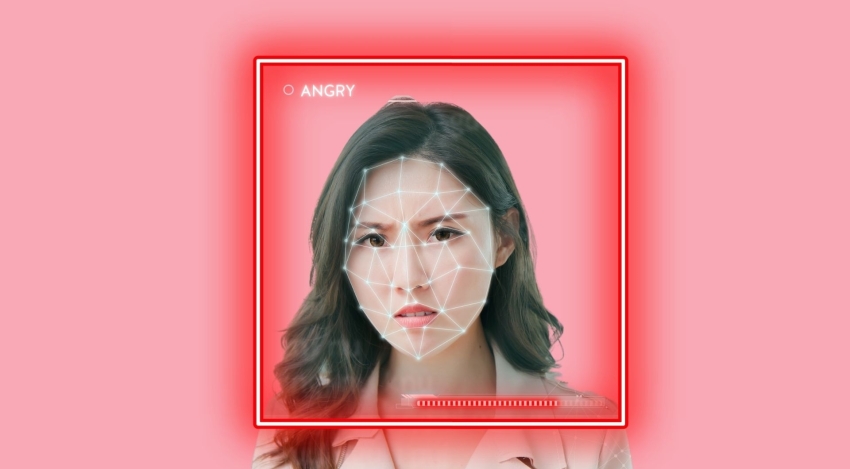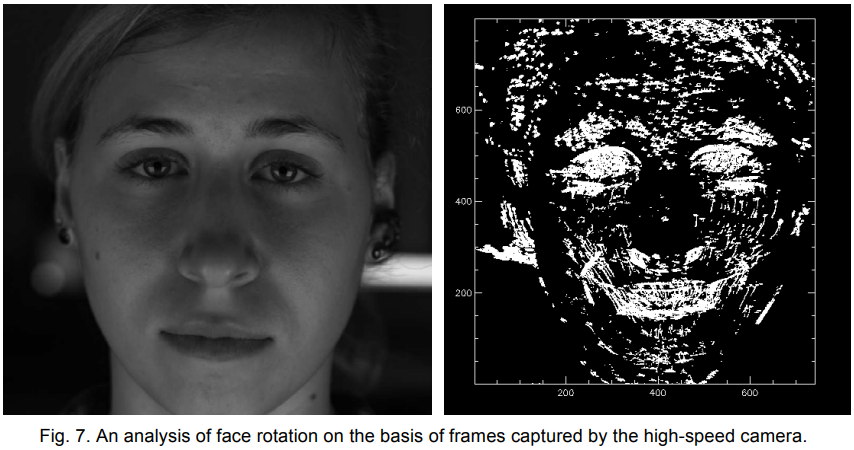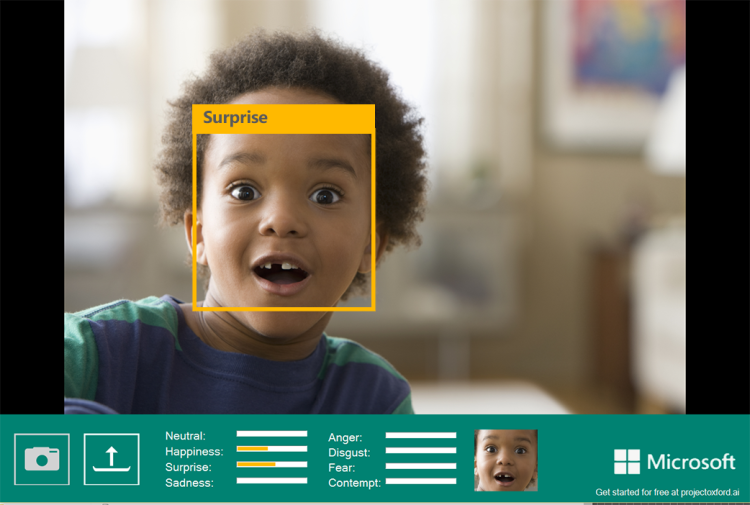

Returning from CES in Las Vegas, we got a glimpse of the new technologies and innovations of tomorrow...
Indeed, we're witnessing a significant increase in the use of new technologies in the field of Education. As early as 2010, the term "Edtech" (a contraction of education and technology) emerged. Among these advancements, Artificial Intelligence – AI – is carving out a place to enhance and personalize learning. All of this aims to alleviate teachers and administration from time-consuming tasks and to evaluate learners...
A well-present trend, as evidenced by the publication of at least 160,000 new scientific articles each year since 2018*. Nevertheless, what does the future hold for the use of AI in Education?
AI integrated into cameras/webcams enables the detection of students' emotions during class. According to a Polish scientific study**, the tracking within cameras analyzes learners' emotions through facial muscle movements and skin tension. This could eventually lead to building an engaging and personalized learning process tailored to students' profiles. Especially when combined with other sensors, like ones measuring concentration. Furthermore, gathering this information is easily done through a simple computer.

Image credit: Screenshot from the mentioned survey**.
Indeed, having an automated emotion and concentration analysis tool would improve teachers' work quality. This would enable them to remain more focused on the course's continuity or practical cases they present.
In fact, new emotion analysis tools using AI are emerging, such as Microsoft's – Microsoft Emotion Recognition API – where students' facial expressions are digitized and analyzed. These tools lead to new studies. According to a Turkish study***, for instance, strong mood changes are found during the 4th, 36th, and 46th minutes of a class.
Image credit: Microsoft
With each technological advancement, new questions arise, particularly from an ethical standpoint, as this article enlightens us on the matter.
In the realm of AI, copious data is gathered, which gives rise to novel issues. Concerning consent, confidentiality, data storage, and privacy concerns. Moreover, how this data is analyzed prompts us to consider a clear and universal process. All of this is to avoid biased assumptions, transparency issues, or statistical apophenia (finding trends where there are no significant causal trends).
In the realm of Education, the use of AI remains ambiguous. There are still too few studies showing what learners and teachers expect from AI regarding more in-depth emotion analysis. Questions still remain unanswered and undefined about:
Learning: What objectives would AI be expected to achieve?
Pedagogy choices: Which pedagogical approaches to choose?
Role of technology for teachers: How much autonomy would AI take in teachers' work?
Access to education: For whom and how could AI broaden access to education?
A very interesting subject to closely follow!
Ultimately, these new technologies enable optimized video analyses, as we've just seen with emotion detection. Other possibilities are available to institutions today, like knowing classroom occupancy rates, learner participation rates, or the number of hours teachers put in.
__
Data collected from Google Scholar for each year from 2018 to 2021 using the keywords "AI" and "Education."
** "Webcam as a means of information about emotional attempt of students in the process of distant learning" by Magdalena Błażek, Artur Janowski, Maria Kaźmierczak, Marek Przyborski, and Jakub Szulwic.
*** "Automatic recognition of student emotions from facial expressions during a lecture" by Güray Tonguç and Betul Ozaydin Ozkara – April 2020.


